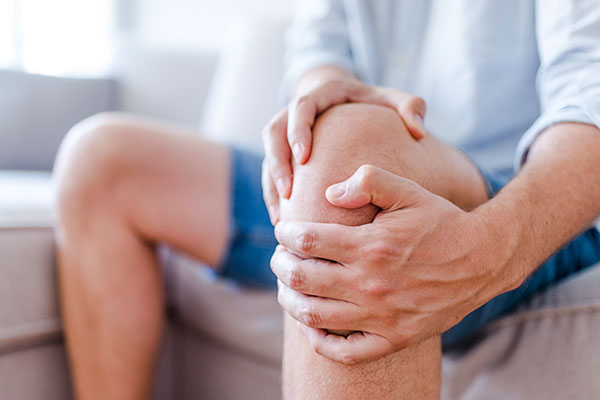Osteoarthritis

Osteoarthritis is the most common form of arthritis. It occurs when the protective cartilage that cushions the ends of your bones wears down over time. Osteoarthritis symptoms often develop slowly and worsen over time. Ages can be one of the main causes. The risk of developing osteoarthritis increases someone gets older because bones, muscles and joints are also aging.
Three main types of osteoarthritis
1. Osteoarthritis (Degenerative joint disease)
2. Rheumatoid arthritis
3. Metabolic arthritis
Symptoms
- Pain – affected joints might hurt during or after movement
- Loss of flexibility – you might not be able to move your joint through its full range of motion
- Clicking or cracking sound when a joint bends
- Swelling – this might be caused by soft tissue inflammation around the joint
- Stiffness – joint stiffness might be most noticeable upon awakening or after being inactive
Causes
- Obesity – extra weight puts more stress on a joint and fats cells promote inflammation.
- Joint injuries – Injuries, such as those that occur when playing sports or from an accident, can increase the risk of osteoarthritis. Even injuries that occurred many years ago and seemingly healed can increase your risk of osteoarthritis.
- Genetics – some people inherit a tendency to develop osteoarthritis.
- Overuse – using the same joints over and over in a job or sport can result in osteoarthritis.
Treatment
- Physical therapy – a physical therapist can show you exercises to strengthen the muscles around your joint, increase your flexibility and reduce pain.
- Medications – it can help relieve osteoarthritis symptoms, primarily pain.
- Surgery – joint surgery can improve function or replace damaged joints to restore mobility and relieve pain. Hips and knees are the joints most commonly replaced.
Self-care
1. Maintain a healthy weight
Excess weight worsens osteoarthritis. Combine healthy eating with regular exercise to maintain a healthy weight.
2. Choose a healthy lifestyle
Eating healthy food, not smoking, drinking in moderation and getting good sleep will help you to feel your best.
3. Protect Joints
- Make sure to warm up and cool down when doing exercise. If you play sports, protects joints with the right gear. Use your largest, strongest joints for lifting, pushing and carrying. Watch your step to prevent falls. Balance rest and activity throughout the day.
- Many people have diabetes and osteoarthritis. Having high glucose levels can make cartilage stiffer and more likely to break down. Having diabetes causes inflammation, which also weakens cartilage.
*The above information is for reference only, please consult your doctor for detail.

 3405 8288
3405 8288
